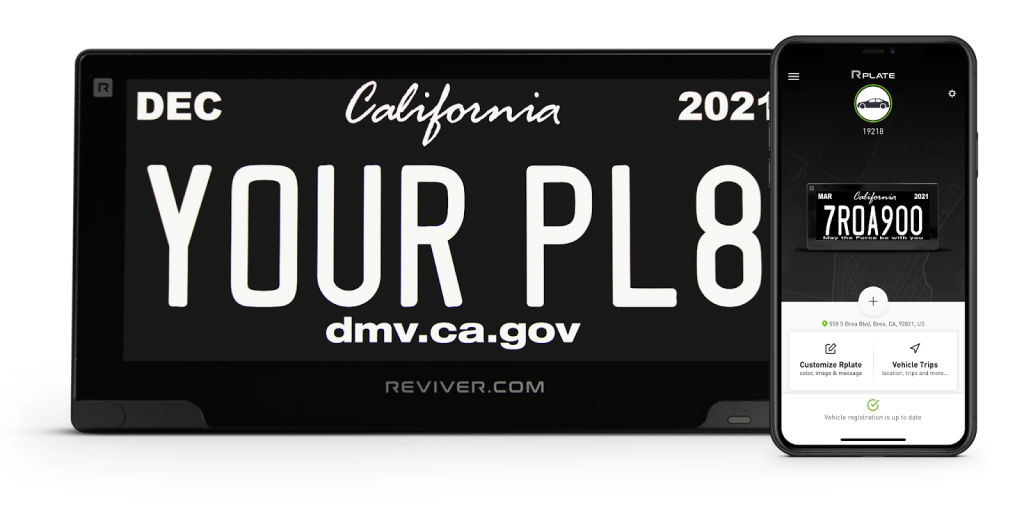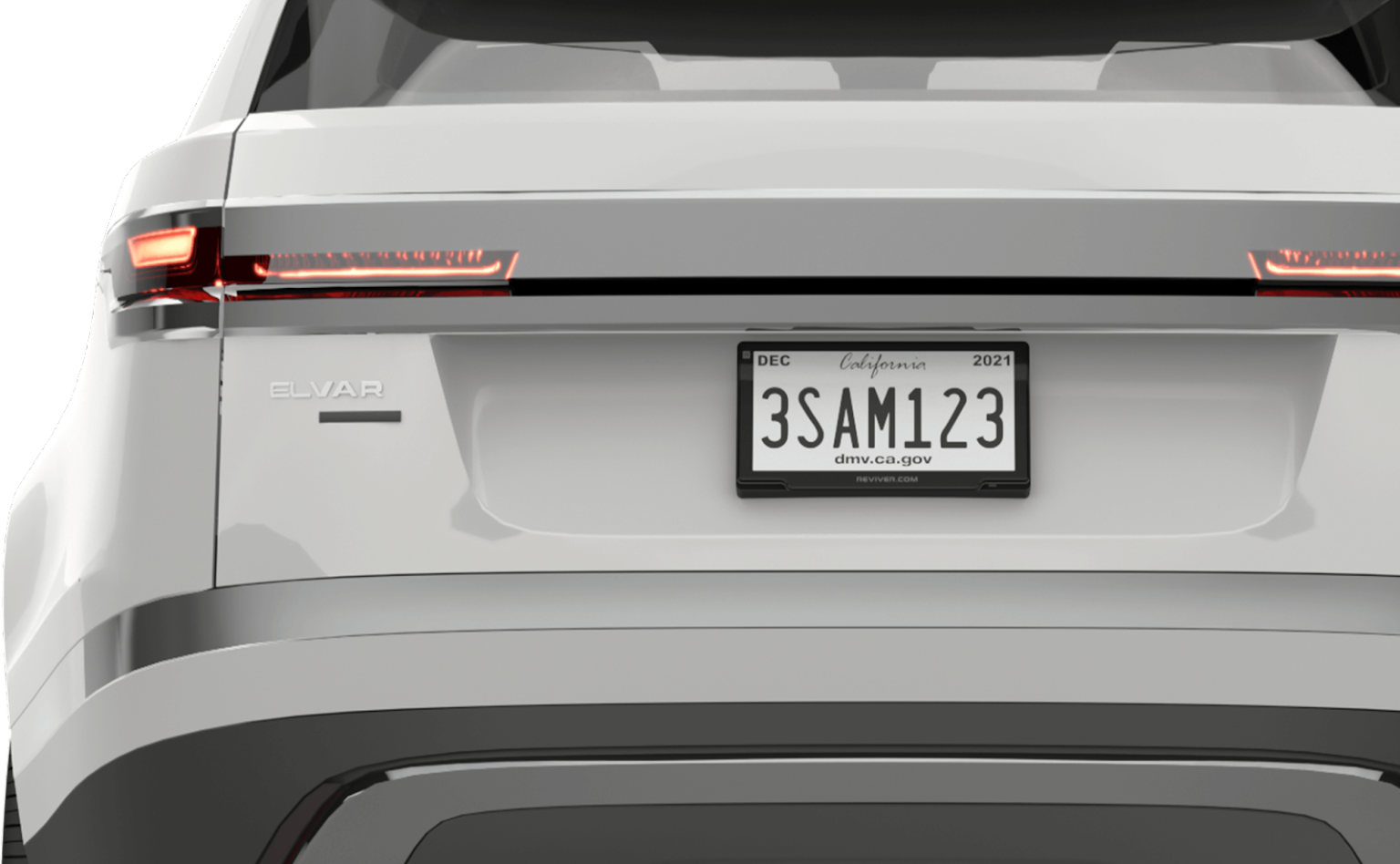The digital license plate: The newest innovation in the ongoing digitalization of the automobile.
The first license plates were issued in 1903, several years before the launch of the Ford Model T, the car that more than any other helped popularize automotive travel in the United States. License plates were made the same way then as they are now, by stamping numbers and letters onto sheet metal. The only technologic detour from metal plates was during World War II, when manufacturers were forced to make plates using soybean-based fiberboard to preserve scarce metal for tanks and planes (unfortunately, goats discovered the metal substitute made for a nice snack, complicating wartime efforts).
Automobile technology has continuously advanced, with electronics and digitalization making the driving experience progressively easier and safer. Today’s vehicles are packed with electronics, from anti-lock braking systems and stability control programs, to lane assist systems and blind spot detection. In 1950, the cost of electronic systems in cars represented about 1% of their value. 3 Today, electronics account for 40 percent of the cost of a new car.

The current compliance system is badly in need of a makeover. The old analog paradigm requires vehicle owners to get their plates at the DMV (or have a car dealer get them), affix plates to their car and stick on the registration tag. Savvy drivers will also score their tag with a razor to make it harder for thieves to peel them off. When it’s time to renew, vehicle owners go the DMV again, or renew online and have tags mailed to them. Given that the average wait time at a DMV is 40 minutes, 5 it’s no wonder the sentence “I went to the DMV and had a great time” is not part of our common vernacular. This drain on productivity is especially problematic for fleet owners. Hertz’s U.S. car rental business has nearly 535,000 vehicles in its fleet. Manually changing plates and renewing registrations translates into more man-hours and higher costs.
Reviver’s RPlate removes these headaches. The company’s platform integrates seamlessly with motor vehicle administration (MVA) information systems and allows drivers or fleet operators to update registrations in seconds using a smart phone app. In the age of COVID, not having to visit a DMV provides one more way to safeguard health.
Download below to read the full E-Ink white paper.
